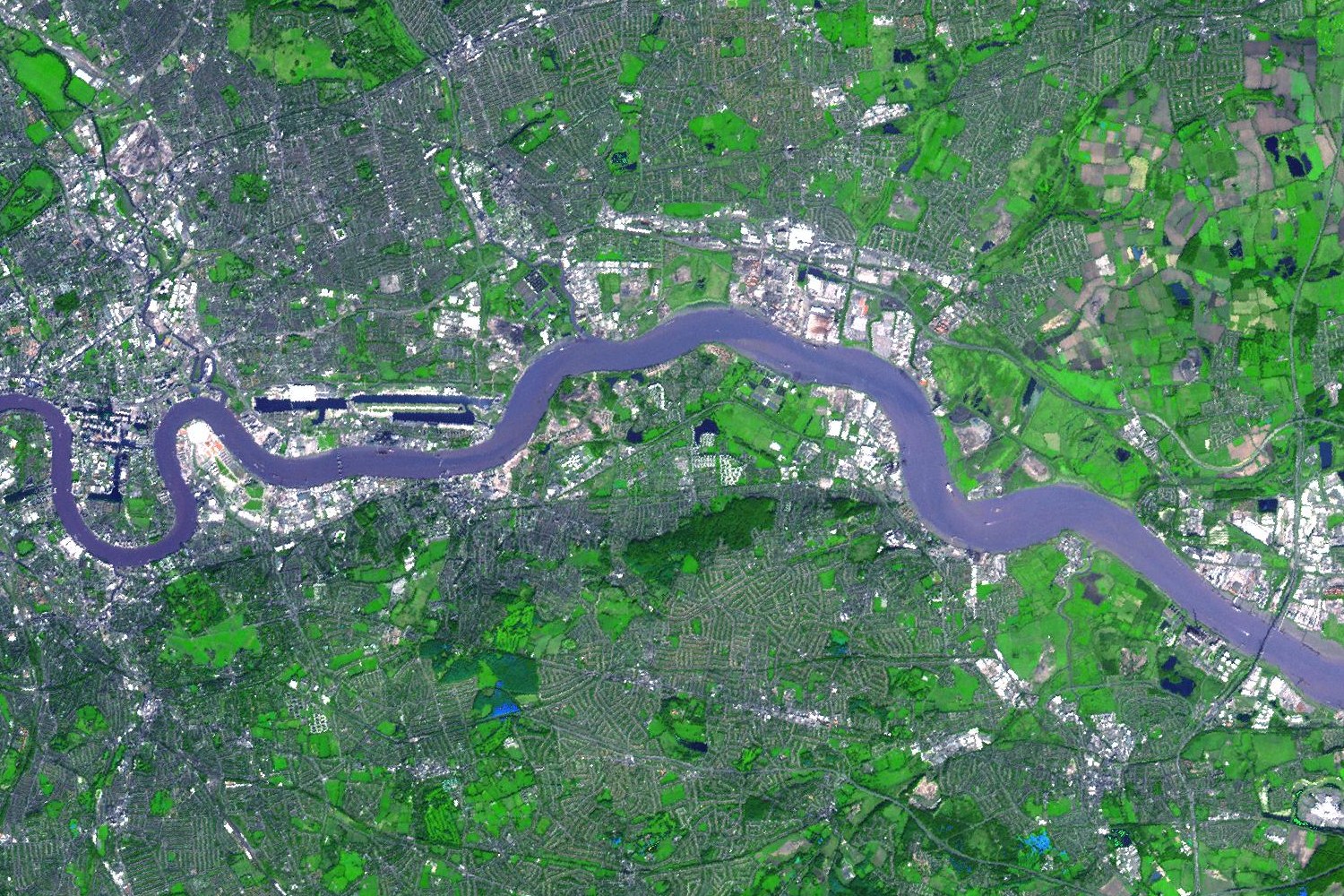Many rivers have their humble beginnings high up in the mountains, where melting snow and ice give rise to small streams and rivulets. These mountainous regions, often characterized by rugged terrain and steep slopes, serve as the cradle of rivers, where precipitation collects and flows downhill, gradually forming larger waterways. As these mountain streams converge and gain momentum, they carve their way through valleys and gorges, shaping the landscape and creating the foundation for the river systems that will eventually span continents.
Ice-Cold Beginnings
Some of the world’s most iconic rivers originate from glaciers, massive rivers of ice that slowly flow downhill, eroding the land and depositing sediment as they go. Glacial meltwater feeds into streams and rivers, providing a constant supply of freshwater to downstream ecosystems. Glacier-fed rivers are often characterized by their pristine blue color, a result of suspended sediment known as “glacial flour.” These rivers play a vital role in regulating water flow, supporting biodiversity, and providing freshwater resources to communities downstream.
Hidden Sources of Flow
In some cases, rivers begin as springs or seeps, where groundwater emerges from the earth’s surface and forms small, localized channels. These groundwater-fed streams may originate from underground aquifers or porous rock formations, where water percolates through the soil and rock layers before resurfacing. Springs and seeps are often found in areas with karst topography, such as limestone regions, where water can easily dissolve and carve out underground channels. While springs and seeps may not always result in large, navigable rivers, they play a crucial role in sustaining local ecosystems and providing habitat for aquatic species.
Birthplaces of Biodiversity
Some rivers begin as outflows from lakes or wetlands, where accumulated water spills over into nearby channels and forms flowing watercourses. River lakes, also known as fluvial lakes, are bodies of water that form along river channels as a result of sediment deposition or changes in river flow. Wetlands, such as marshes and swamps, act as natural filters and buffers, absorbing excess water and releasing it gradually into surrounding rivers and streams. These aquatic habitats are teeming with biodiversity, providing essential habitat for fish, birds, and other wildlife.
Altered Landscapes
In addition to natural sources, some rivers have their origins in human-made reservoirs, dams, or diversion channels. These anthropogenic features alter the natural flow of water, redirecting it for agricultural, industrial, or municipal purposes. While human intervention can significantly impact river ecosystems and hydrological processes, it also provides opportunities for water management and resource development. However, the construction of dams and reservoirs can have ecological consequences, including habitat loss, altered water quality, and changes in downstream flow regimes.
The Power of Precipitation
Rainfall and runoff are primary drivers of river formation, as precipitation collects on the earth’s surface and flows downhill, gathering momentum and volume as it travels. In regions with high rainfall or snowmelt, rivers may swell to massive proportions, carrying sediment and debris downstream and shaping the landscape over time. The timing and intensity of rainfall events, as well as the geological characteristics of the terrain, influence the size, shape, and behavior of rivers, making each river system unique in its own right.
Exploring the Diverse Origins of Rivers
In conclusion, rivers have diverse origins that reflect the complex interplay of geological, hydrological, and ecological processes. Whether they begin high in the mountains, emerge from glacial sources, flow from springs and seeps, originate from river lakes and wetlands, or are influenced by human-made alterations, rivers play a vital role in shaping landscapes, supporting biodiversity, and sustaining communities around the world. Understanding the origins of rivers offers insight into the dynamic nature of freshwater ecosystems and the interconnectedness of Earth’s water cycle.
